 |
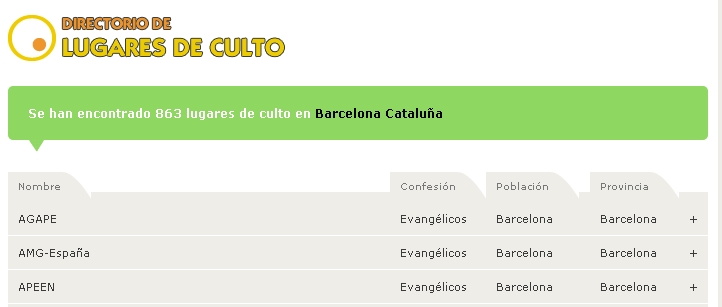 |
Francisco Diez de Velasco (fradive@ull.edu.es). University of La Laguna (Canary Islands, Spain)
XXI Quinquennial World Congress of the International Association for the History of Religions (IAHR), Erfurt, Germany, 25 August 2015. Panel: Religious places in urban space (Panel Chairs: Marian Burchardt, Maria Chiara Giorda)
Abstract:
The purpose
of this contribution is, using the legal framework of the religious minorities
in Spain as the main classification criterion, to share views, providing
some images and examples from which to reflect on the increased visibilization
of the non-Catholic religious groups in Madrid. From its almost total invisibility
in Franco's time there has been a process of increase of presence in Spanish
urban spaces, and Madrid is an interesting example of the combination of
marginalization of minorities (in some cases), but also of extreme visibilization
of some other religious groups due to the emblematic space that is Madrid
as the capital of Spain.
Madrid includes
a large number of places of worship (more than 800) of religious minorities,
on the line of the other big capital, Barcelona.
 |
 |
But Madrid presents a particularity: the presence of emblematic buildings, large places of worship, great temples, exceeding sometimes the needs of the followers in Madrid of the groups that built them and showing an evident commitment to an outstanding visibility.
The symbolic value of Madrid as capital of Spain seems to be important in this fact, but perhaps also that Madrid is a benchmark for the Spanish-speaking areas of the world. Following the ideology of the Spanish Empire, based on the denial of religious difference, the question of majorities/minorities wasn't posed. Somehow the case of Franco will be a continuation, with inconsistencies, of the foregoing. Inconsistencies because there is evidence of an attitude of tolerance toward Jews, Orthodox Greek, and after the Second Vatican Council towards evangelical groups and another religious groups, but a tolerance which prevented as far as possible the free exercise based on the action of proselytizing, the axiom was the classic Nationalcatholicism that identifies Spanishness and Catholicism. Then non-Catholic places of worship were to be implemented and managed with extreme discretion.
With democracy the parameters changed, establishing a theoretical model of complete religious freedom. But in fact it was established differences between religions according to the level of cooperation with the State. In Spain the legal-religious field may be analysed detecting five categories, revealing a context branded by differences and privileges. The groups that can be included in each one of them have boosted its visibility, many of them opting for Madrid as main center, where they built their most spectacular places of worship.
Minority religions have opted for a strategy of oversize of its headquarters in Madrid, although not in all cases...
We will review some examples of the
processes of overvisibilization based on that five categories or levels
of cooperation.
LEVEL 1) Catholic Church
Is held by Catholicism, explicitly recognized in the Constitution of 1978 in article 16.3.

Art. 16.3:“There will be no state religion. The public authorities shall take into account the religious beliefs of Spanish society and shall maintain consequent links of co-operation with the Catholic Church and other faiths”.
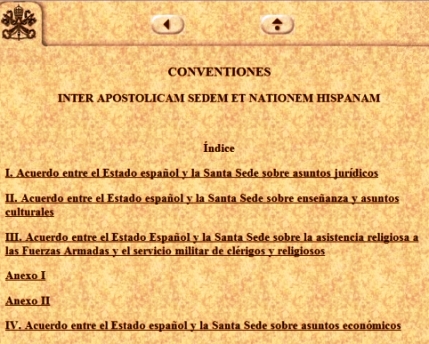
These relations
are based on international agreements signed between the Spanish State
and the Holy See in 1979.
With notable
privileges in the educational sphere and in the financing.
|
|
Are included three religions that signed co-operation agreements with the Spanish State in 1992:
-Evangelical Christians,
-Jews and
-Muslims.
The confessions
with agreements enjoy privileges, for example, a certain degree of state
financing and the presence of confessional religious education in public
centres.
1) MUSLIMS
|
Web of the CIE in 2015 Mosques in 2015: 1300 |
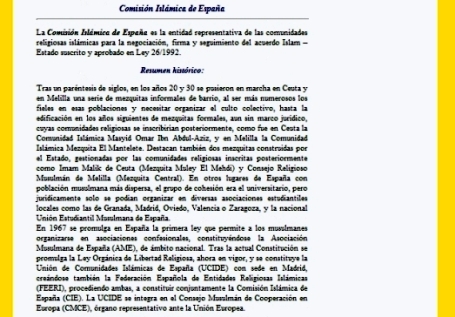 |
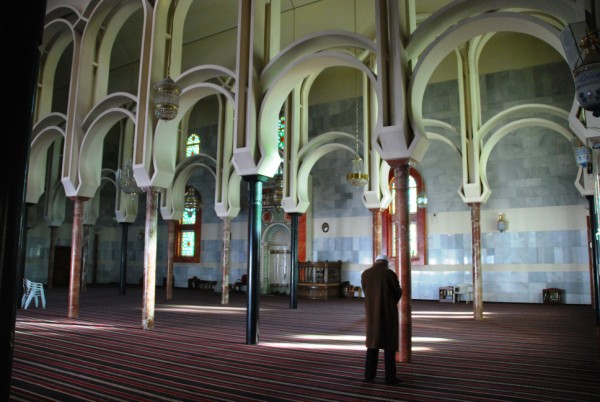 |
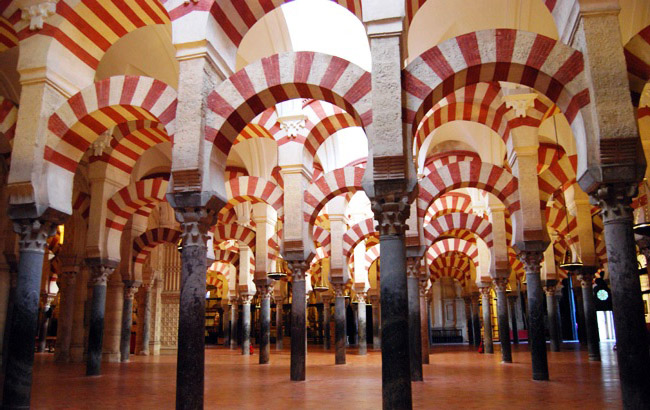 |
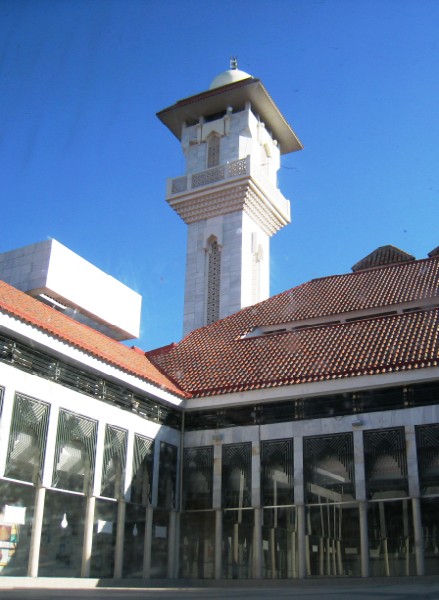

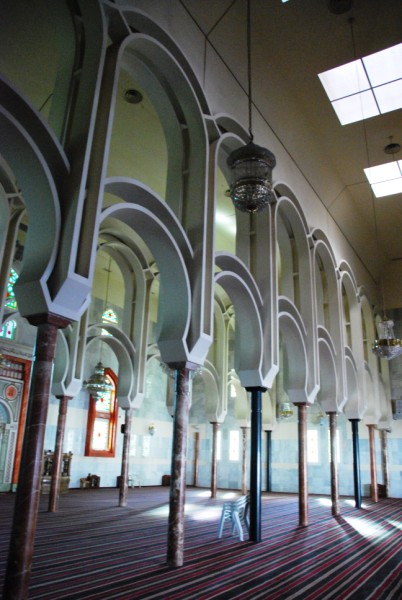
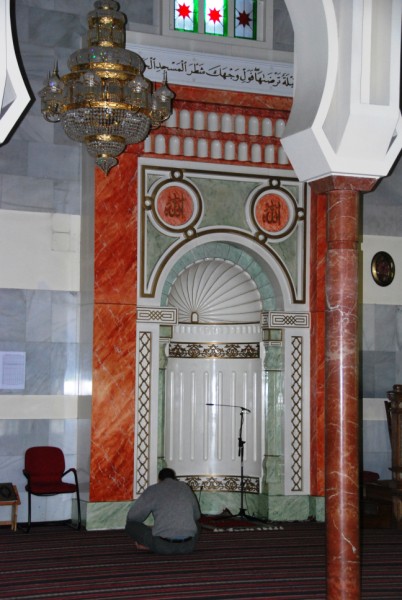
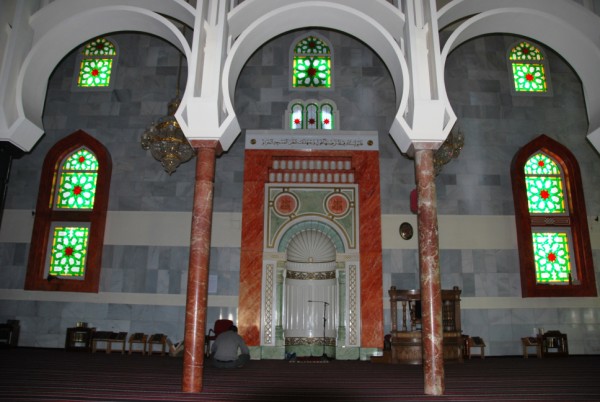
The main mosque of UCIDE (Unión de Comunidades Islámicas de España), Madrid



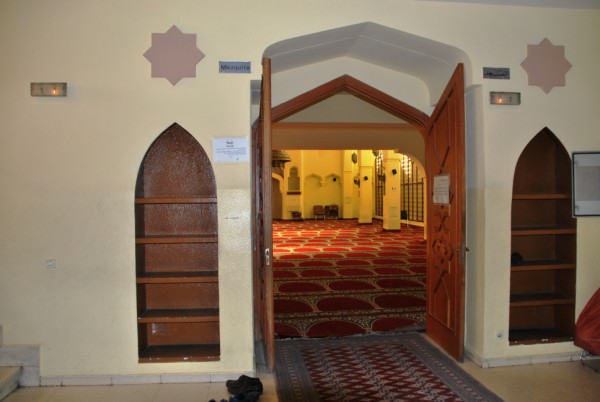
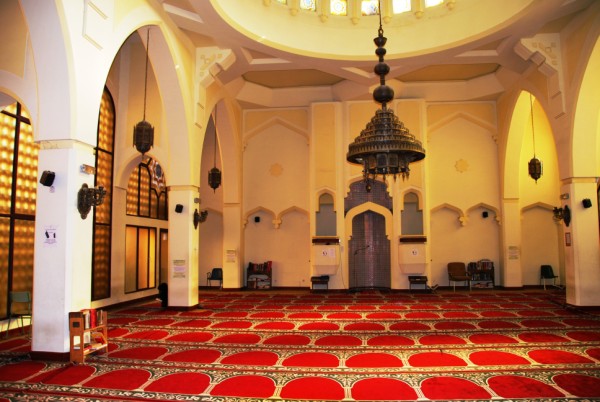
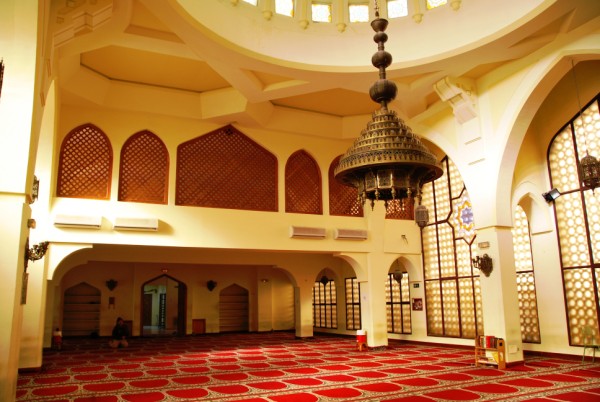
BUT
the option for Madrid perhaps hide the impossibility of building in most
emblematic places (Córdoba or Seville) by impediments of various
kinds.
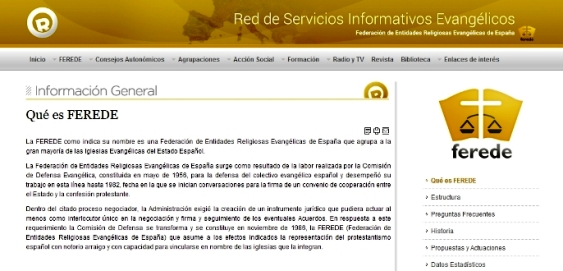
Web of the
FEREDE (Evangelical Federation) in 2015
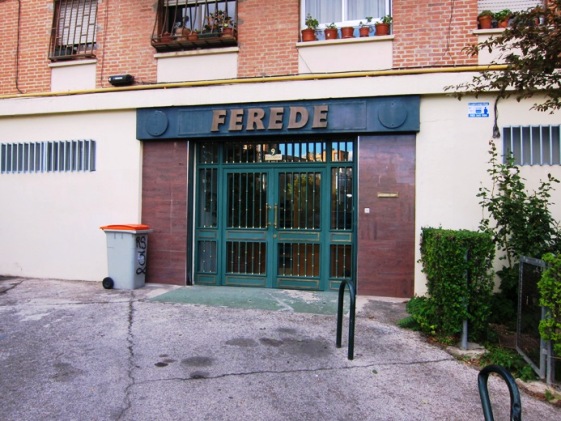
See of FEREDE
in Madrid
Churches associated to main embassies located in Madrid (as capital of Spain)
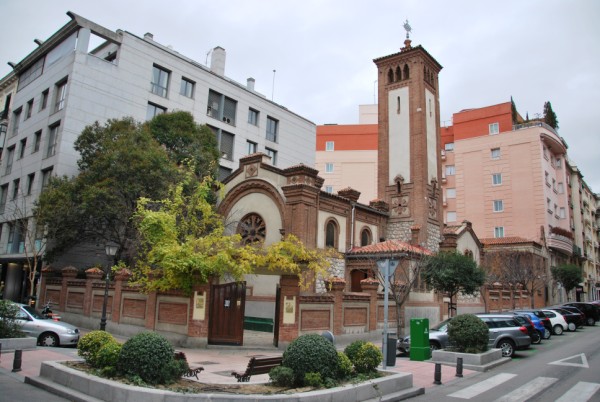
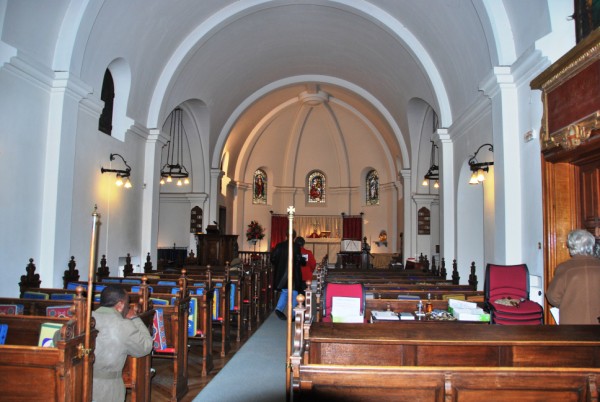
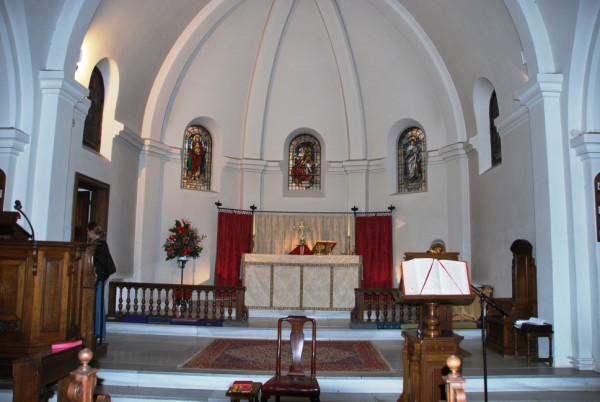
2) Germany
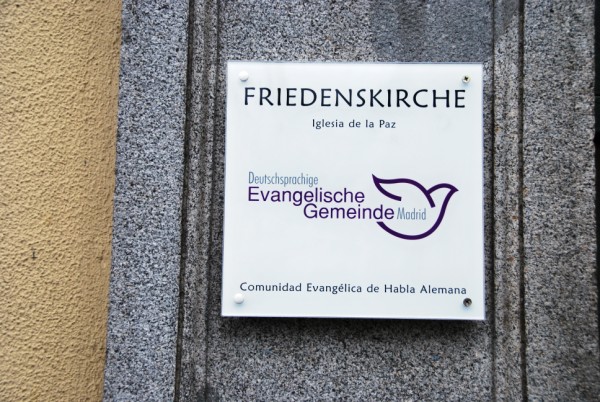
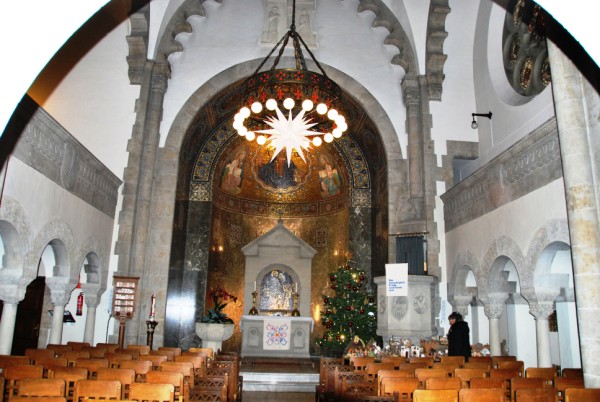
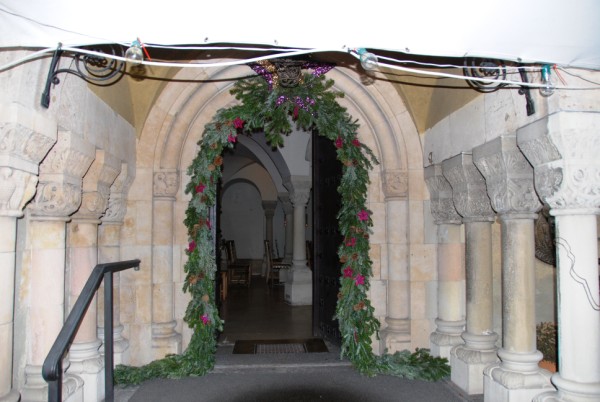
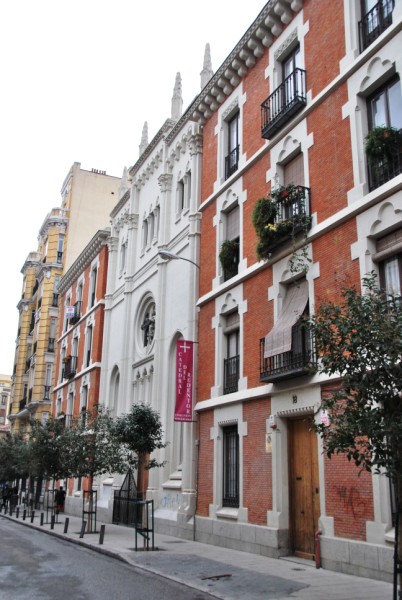
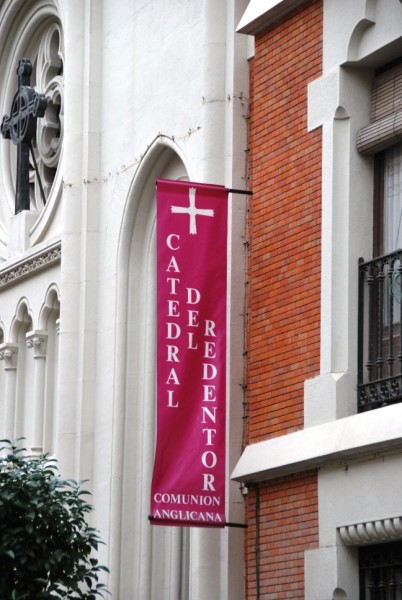
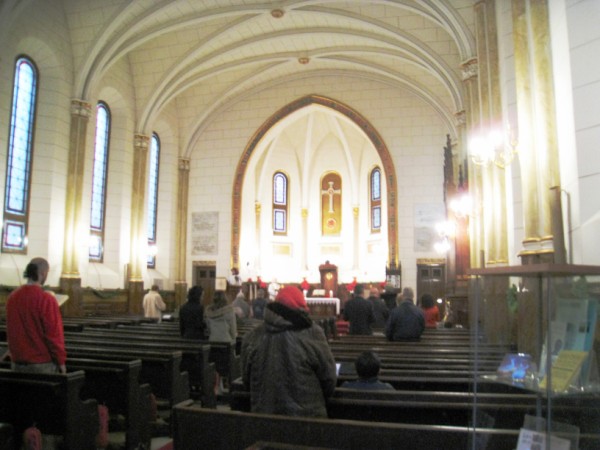
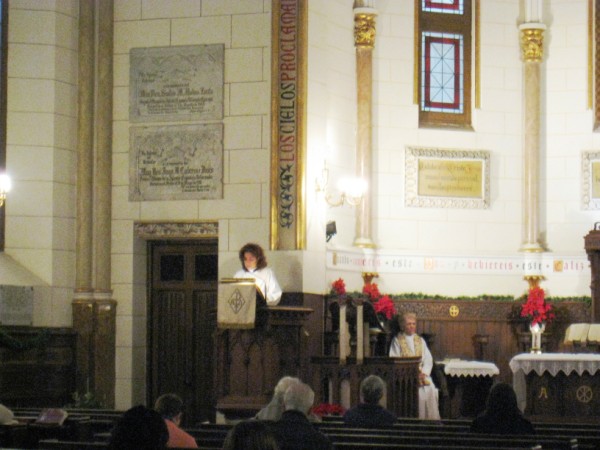
Other proposals

New Evangelical
Church (Iglesia nueva evangélica), Madrid, calle Belisana

Salvation
Army-Templo salvacionista, calle Hermosilla, Madrid
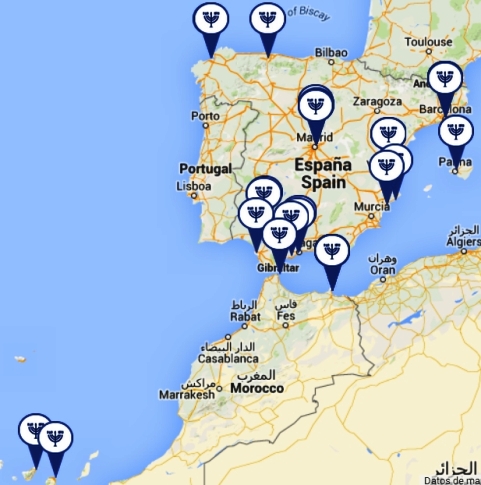
Synagogues
in Spain from the "Directorio del OBPRE (Observatorio del Pluralismo Religioso
en España)"

The main synagogue of Madrid (see of the Jewish Spanish Federation -FCJE-)
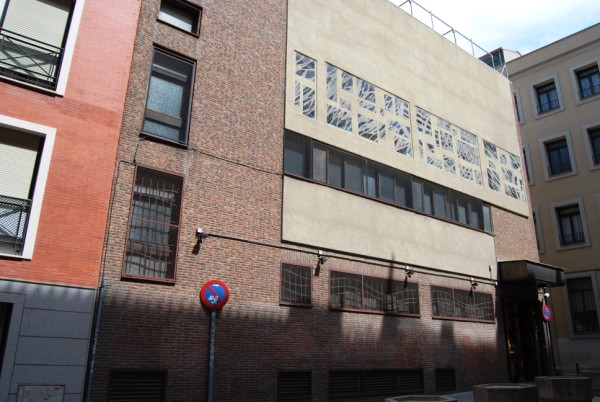
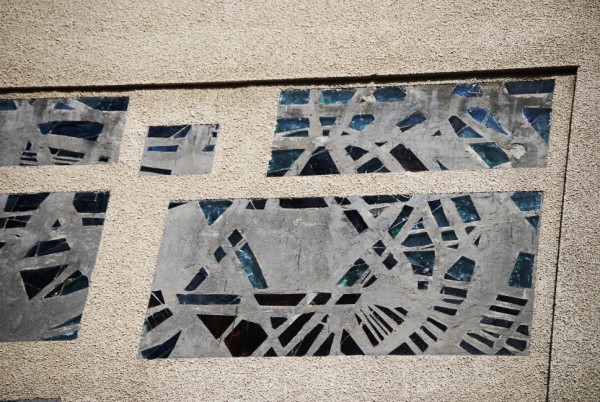
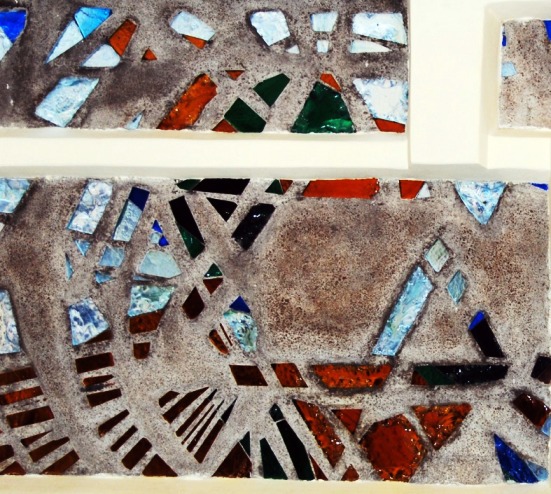
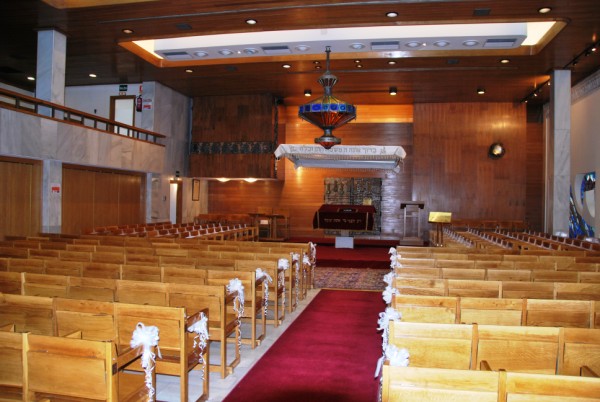
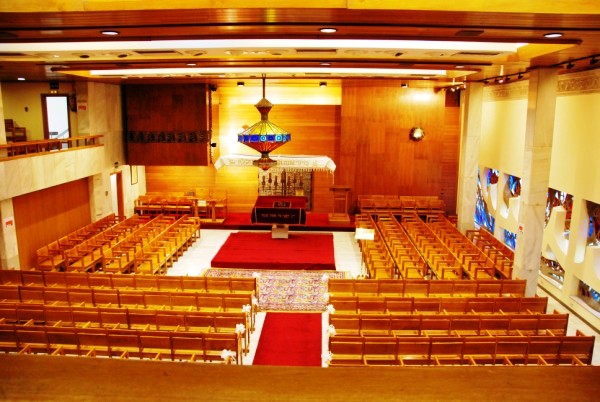
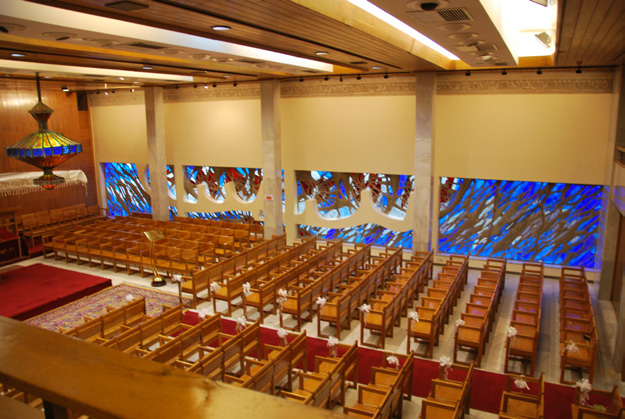
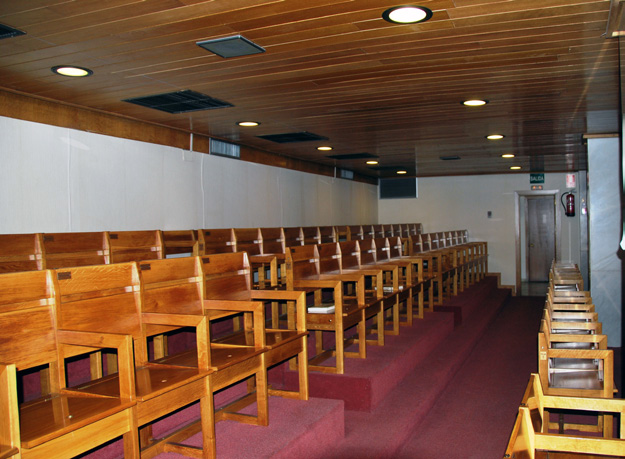
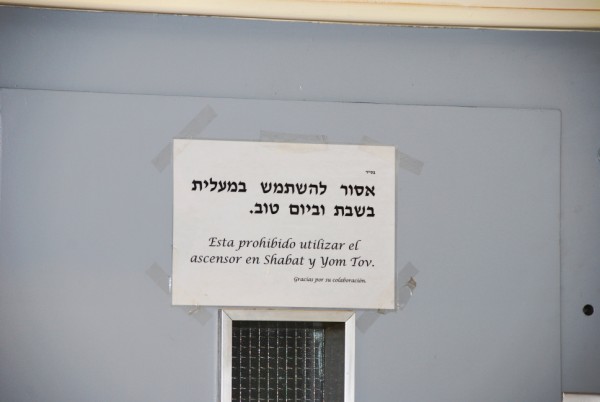
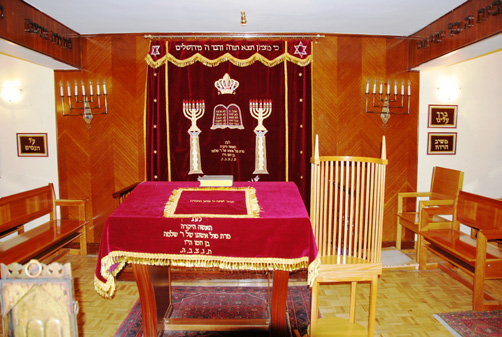
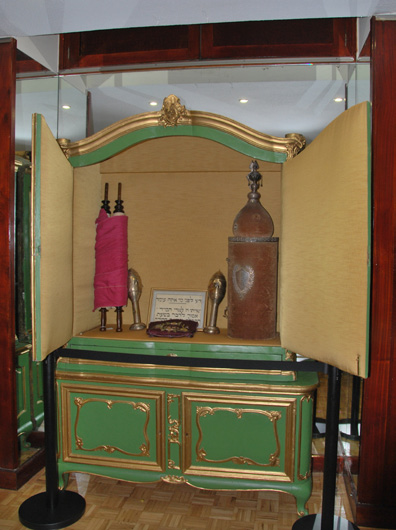 |
LEVEL 3) Notorio Arraigo
Including four religious groups that have been recognized
by the State (the Ministry of Justice) as "de notorio arraigo" (well
known faith or clearly taken root), but with no agreements.
-Mormons since 2003 (23 April)
-Jehovah’s Witnesses, since 2006 (29 June)
-Buddhism, since 2007 (18 October)
-Orthodox Church, since 2010 (15 April)

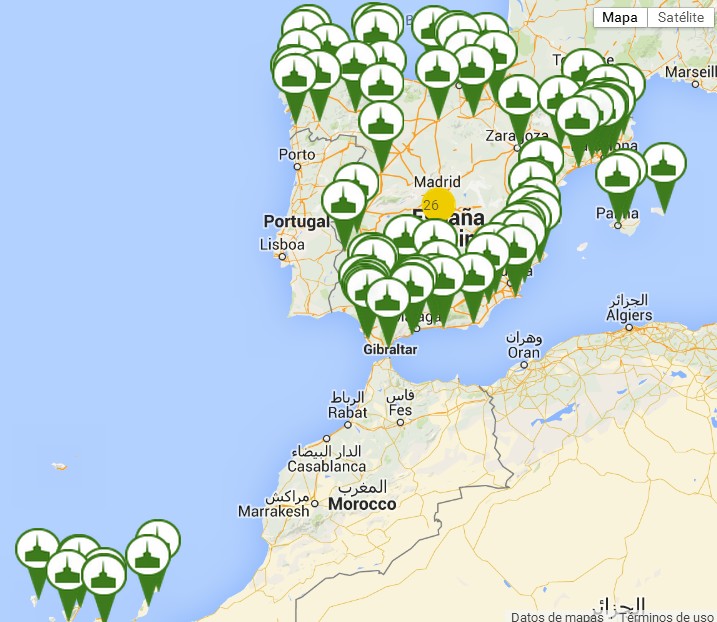
Mormons in
Spain from the "Directorio del OBPRE (Observatorio del Pluralismo Religioso
en España)"

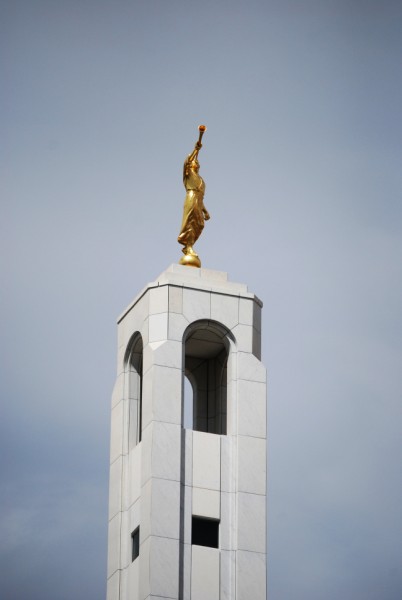



calle del
Templo 2, 28030 Madrid
Jehova's Witnesses, main centre at Ajalvir (Madrid)

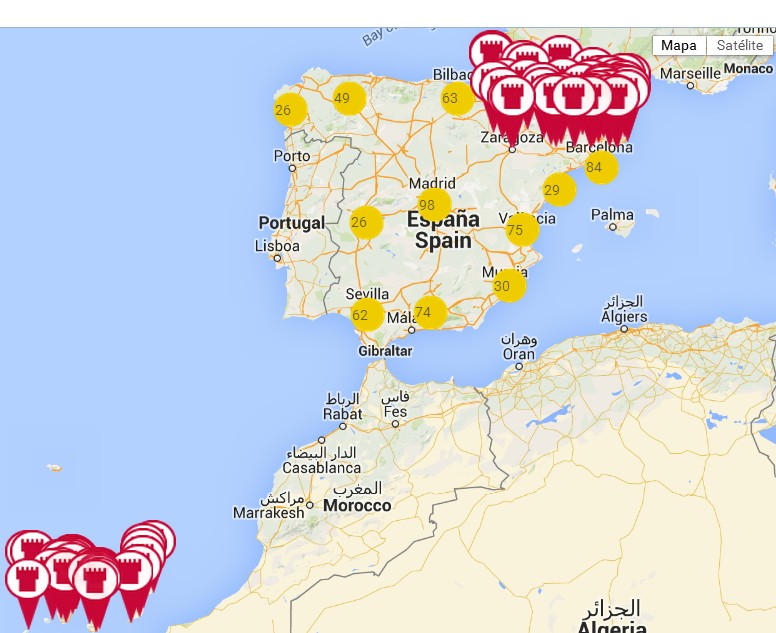
JW Spain from
the "Directorio del OBPRE (Observatorio del Pluralismo Religioso en España)"
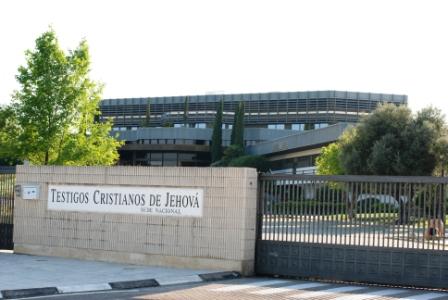
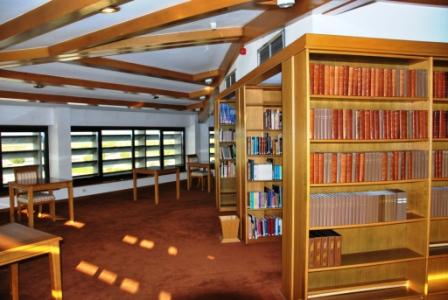
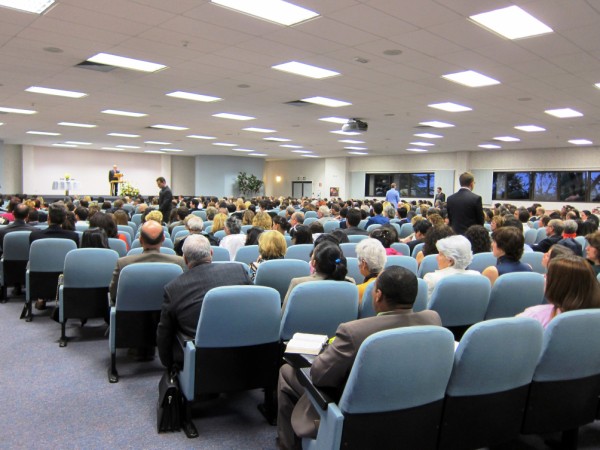

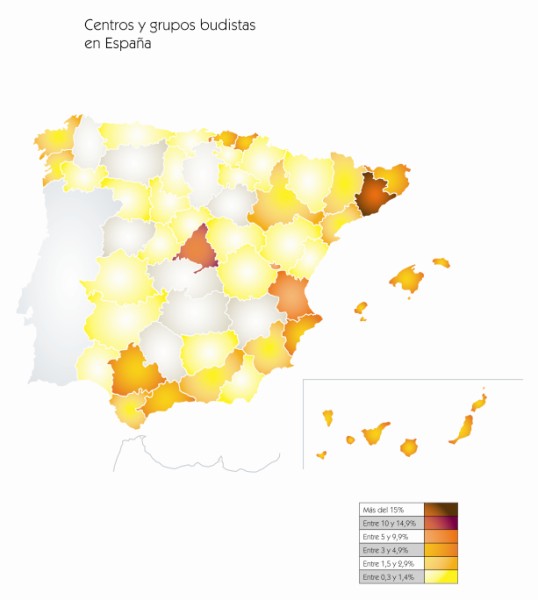
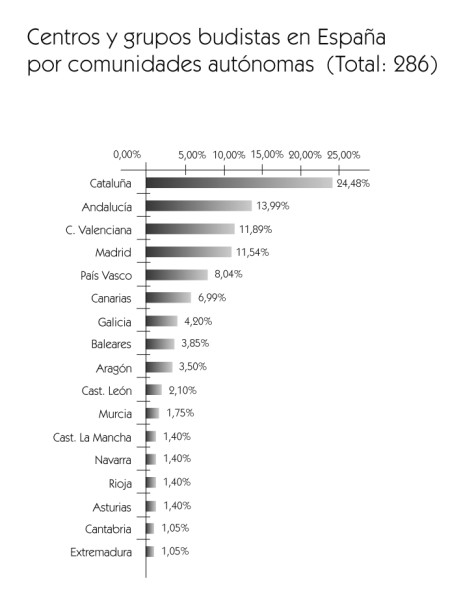


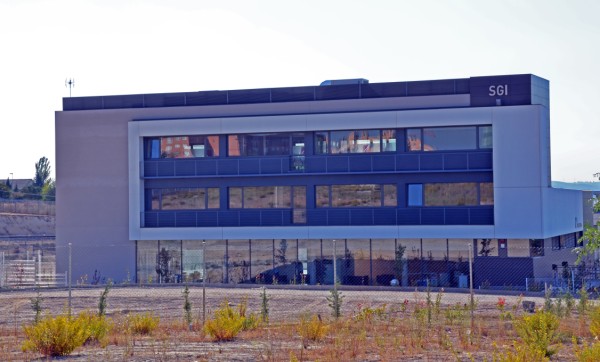
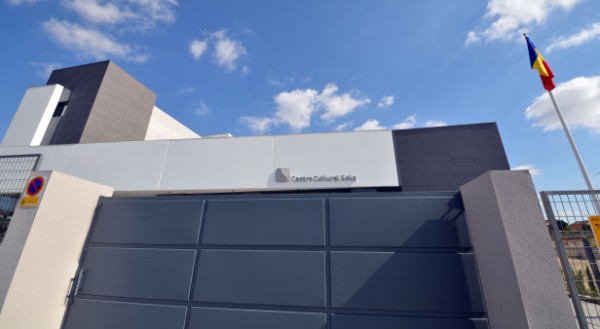
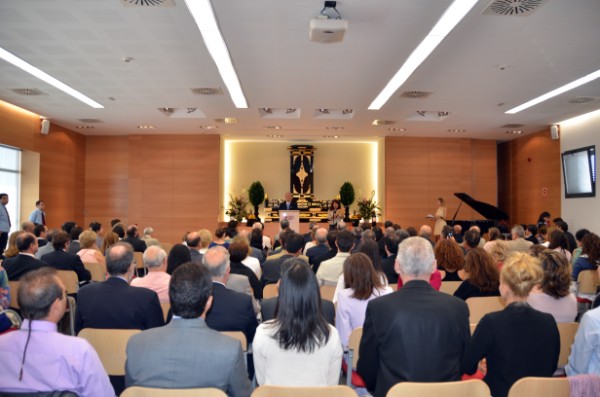
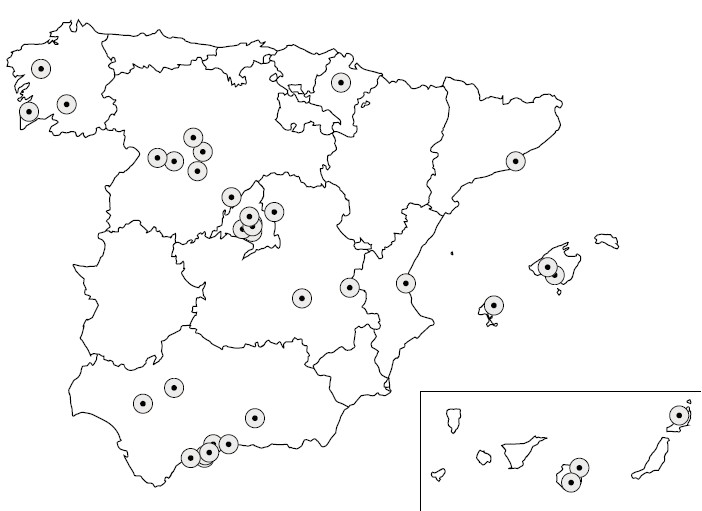 |
Churches of
the Patriarchate
of Constantinople in Spain (the only church not ceded by the Catholic Church is the Madrid's Cathedral) (from Iglesias ortodoxas en España, 2015) |
1) Cathedral, built in 1973


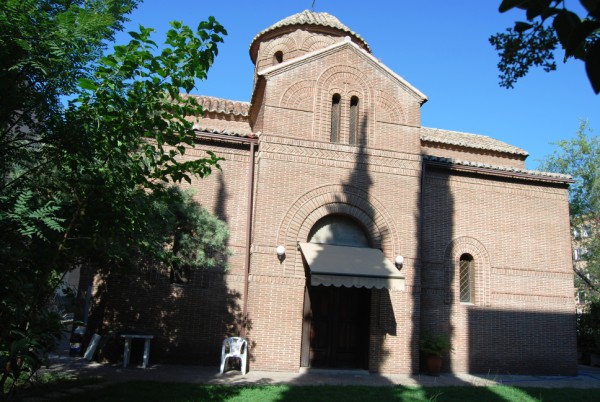

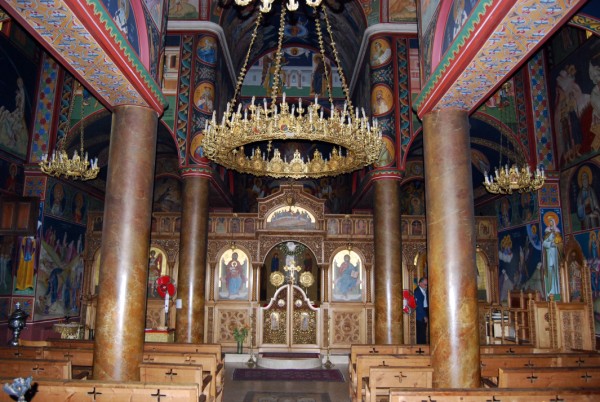
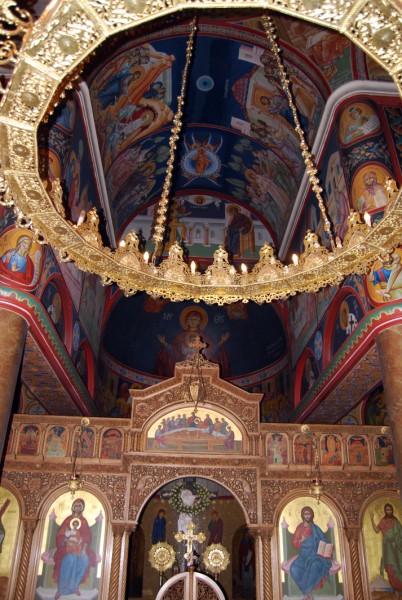
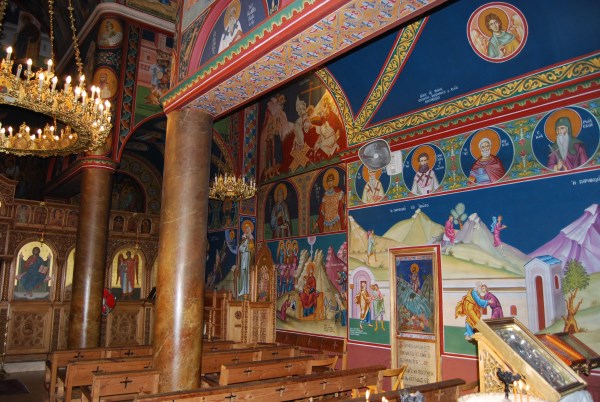
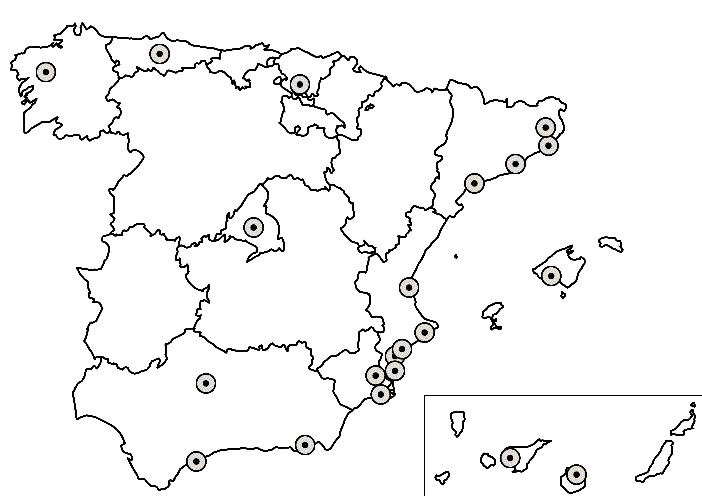 |
Churches of
the Moscow's
Patriarchate in Spain (from Iglesias ortodoxas en España, 2015) |
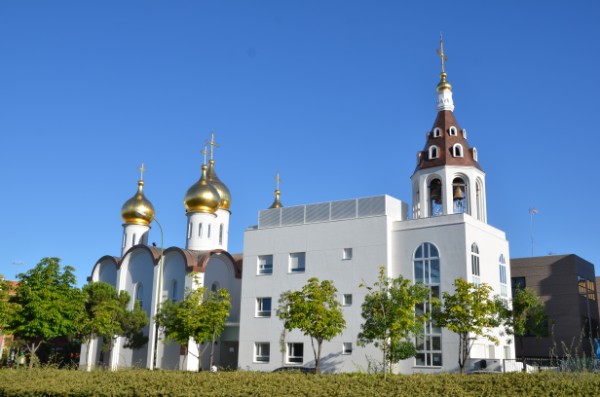
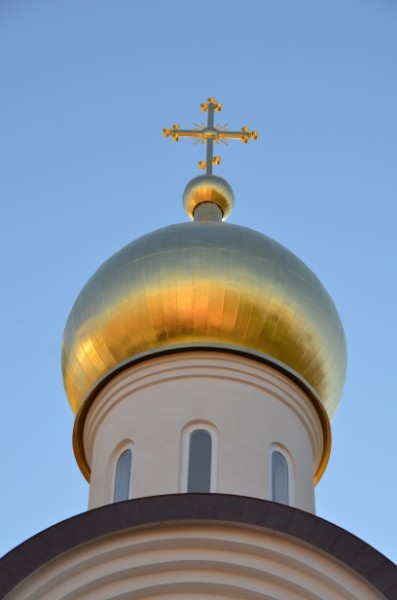
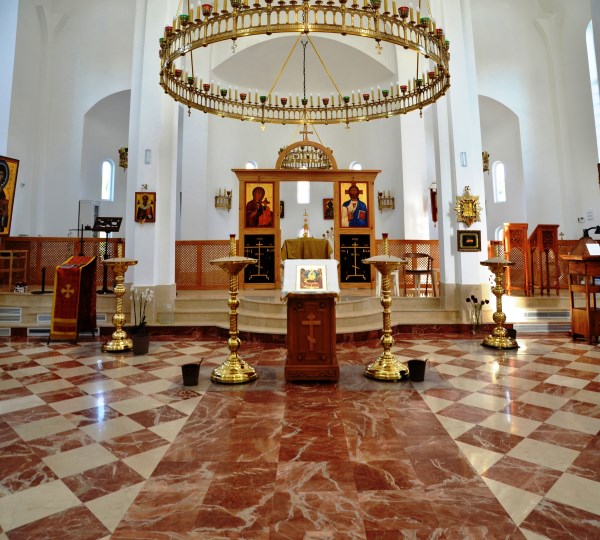
Madrid, Church
of Saint Mary's Magdalene, built in 2013
2) Romanian orthodoxy
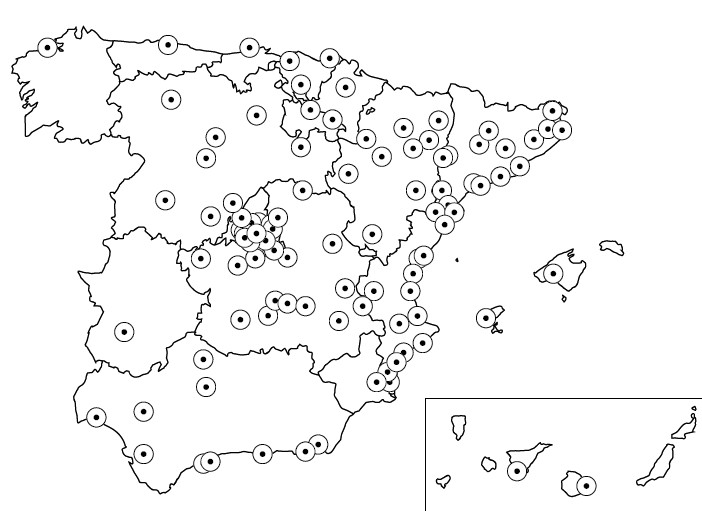 |
Churches of
the Romanian Orthodox
Patriarchate in Spain Madrid's Cathedral is underconstruction |
LEVEL 4) the others
Includes the
religious groups that are entered in the "Registro de Confesiones Minoritarias"
of the Ministry of Justice but with no subsequent agreements or recognitions.
Registration
entails greater protection of the places of worship registered and also
a way of simplifying many of the varying types of administrative procedures.
Some of the groups bets for a notable visibilization using Madrid as a important symbolic place...
1) e.g. Scientology
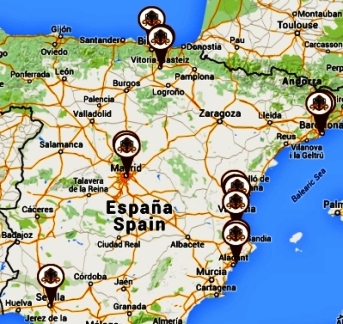
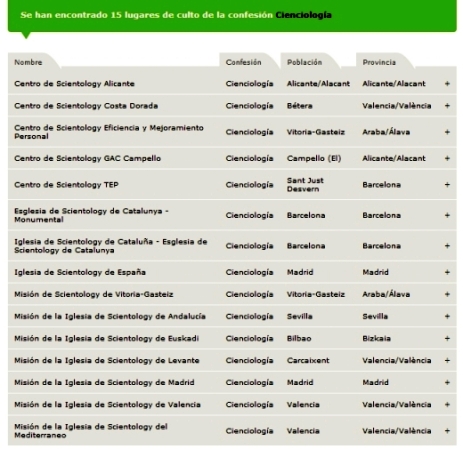
Centres of
Scientology in Spain from the "Directorio del OBPRE (Observatorio del Pluralismo
Religioso en España)"
|
New see in 2005 |
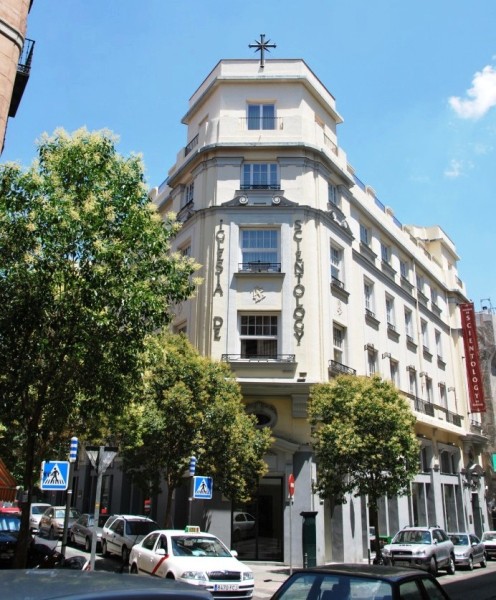 |
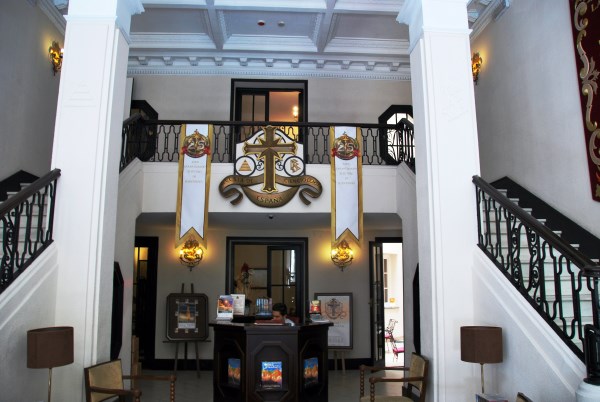
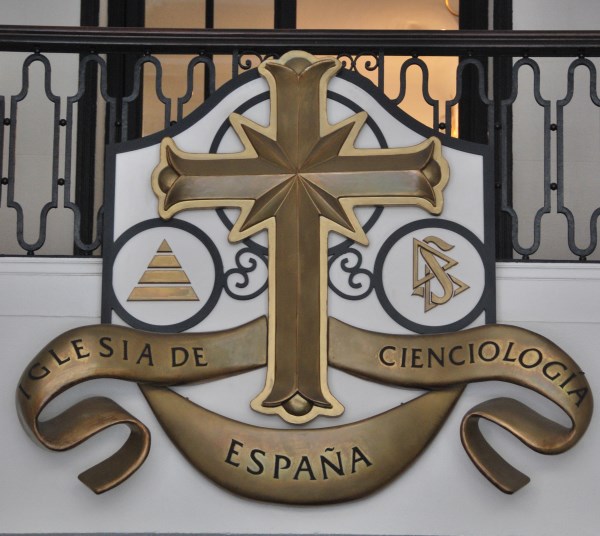
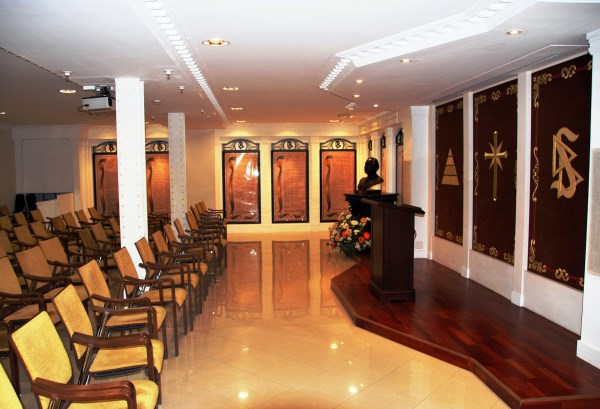
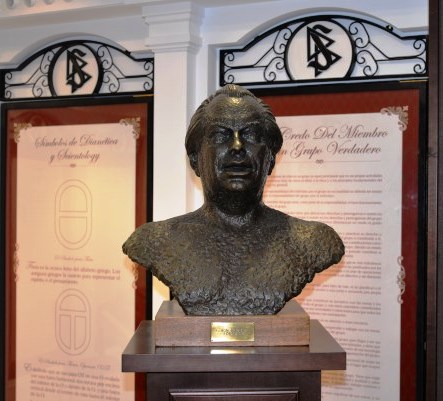
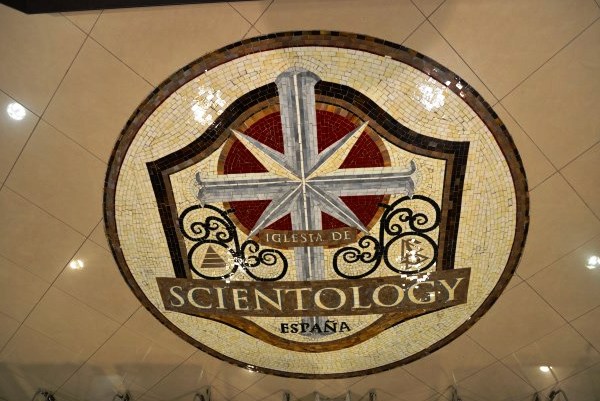
2) Bahá'í
Faith
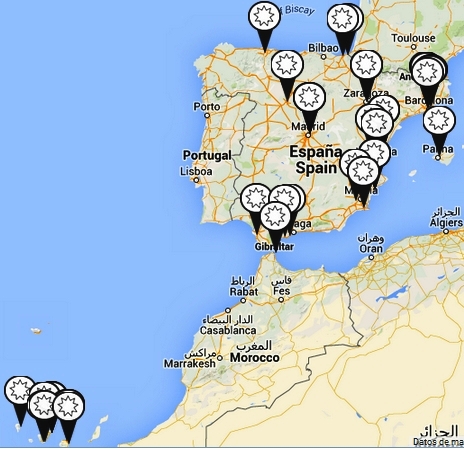

Baha'is in
Spain from the "Directorio del OBPRE (Observatorio del Pluralismo Religioso
en España)"


National Bahai
Centre of Spain, Madrid (the other National Centre is in the Canary
Islands)
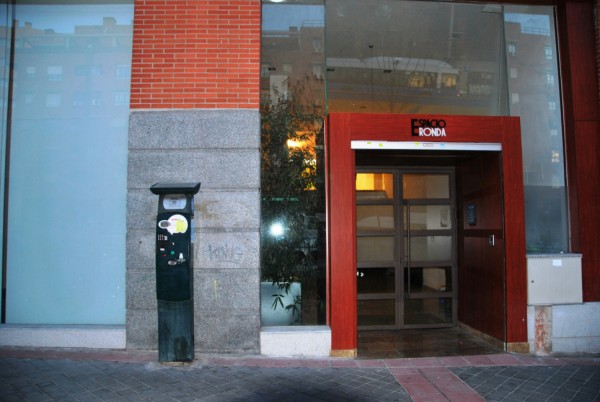

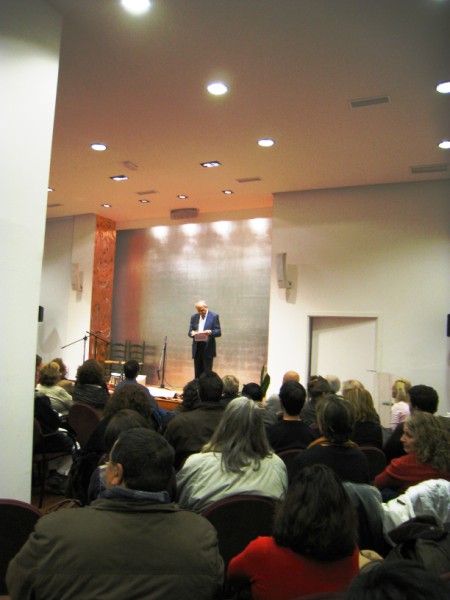
Espacio
Ronda, see of the Federation for the World Peace/moonies (in Spain they
mainatin the name Iglesia de la Unificación)
1) Sikhism
(no worship place in Madrid)
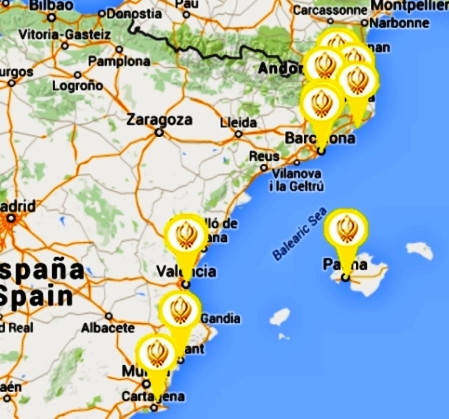
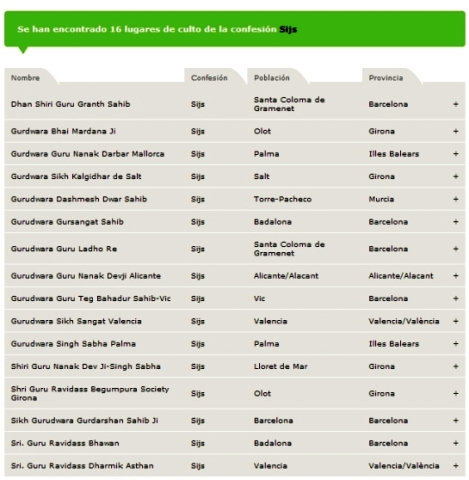
Sikhs in Spain
from the "Directorio del OBPRE (Observatorio del Pluralismo Religioso en
España)"

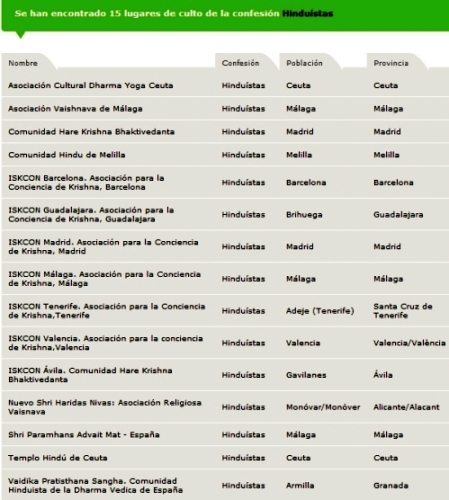
Hinduist Centres in Spain from the "Directorio del OBPRE (Observatorio del Pluralismo Religioso en España)". Hare Krishna´s centre (Madrid) 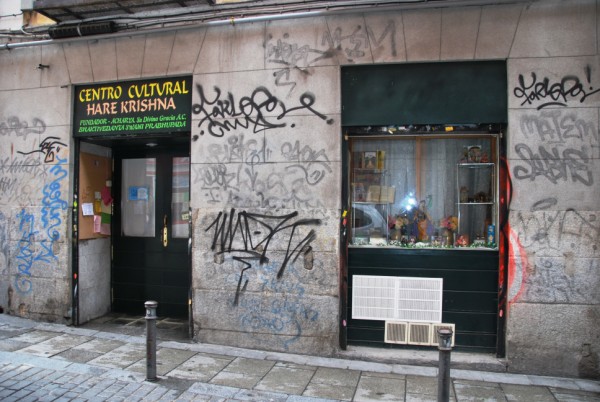
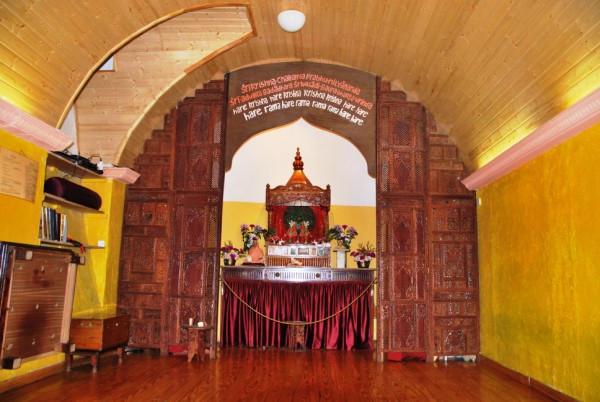 |
Includes groups that, despite defining themselves as religious entities or churches, are not registered or the registration procedure has not been fully completed for a number of reasons (of a mere administrative nature not as in past times, by ideological reasons) by the Ministry of Justice.
Therefore, from a legal perspective, they are not correctly visibilized as such, but are generally regarded as cultural associations.
They have no interest on visibilise themselves as religious proposals, Madrid is not a place of special interest....
The case of sikhs seems to show a change produced in recent
times (from 2010): the visibility of religious proposals in Madrid no longer
seems so necessary for some groups,
- unless national interests are involved
(e.g. Russia and the Madrid headquarters and big church -perhaps a cathedral
in the future?-)
- or in the case of very centralized
groups having Madrid as capital a particular organizational value (Mormons,
Soka Gakkai).
The main interest is the service to communities wherever they are and they don't value the plus of representation of the buildings and sees located in Madrid.
The political circumstances that gave place to the oversizing of Madrid in the context of the gradation of levels of cooperation with the confessions is mitigated with new legislation of 2015 (new law of "notorio arraigo" that does not require major headquarters in Madrid to justify it, less centralized registry action, new law of "jurisdicción volunaria" opening new ways of developing the religious action without the nned of signing agreements with the State) ...
And perhaps in the next the future, after the elections
at the end of 2015, will be open a new path that redefine the 1979 agreements
with the Holy See and subsequently all the framework of levels of cooperation
that we have just seen that accorded to Madrid, where are located the headquarters
of the Ministry of Justice, an outsized role.
Therefore in the future we will find more notable buildings
to be located outside Madrid, as the projects of Russian churches in Tenerife
or Marbella, the presence of large mosques like the main mosque at Malaga
or the projected in Seville or Barcelona, or the great Pentecostal temples
at Valladolid or Fuerteventura...